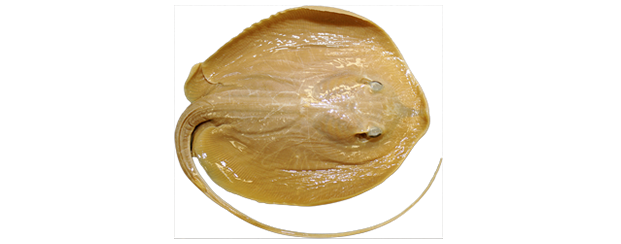Stringray, Atlantic

View Regulations

Scientific Name
Dasyatis sabina


Description
The Atlantic Stingray, a smaller ray than most, can be picked out by its long rippling fins located on the underside of its body. It has a longer snout and rounded flattened teeth. It comes equipped with a long tail and spine that may have splotches of gray coloration on it.


Habitat & Behaviour
Atlantic Stingray take their name from their residence in the warm waters of the Atlantic. Due to their preference for warm waters they migrate south in the winter time.


Natural Prey
The Atlantic Stingray feeds on invertebrates like worms and clams that often need to be uncovered in sandy bottoms.


Handling Tips
Handle with extreme caution. Recommended to net them, be careful they have spines with barbs on the tail that are poisonous and can cause intense pain or worse. If harvesting, remove sharp spine with pliers. Some small teeth but small mouth – gaff in nose in front of mouth.

- Lucky Tackle Box
- Billfish Bounty in the Heart of the Mayan World – Guatemala
- The Best Species of Shark to Catch
- How to Catch a Shark: what equipment do you need?
- The Best Winter Fishing Spots in Texas






